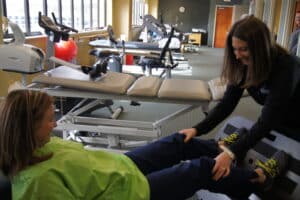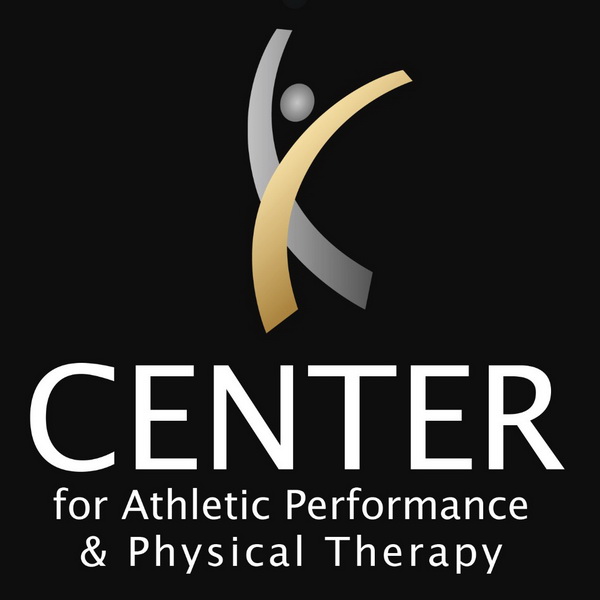
By: Ashley Rodriguez
If you have experienced substantial injury or undergone surgery, you may have been surprised when your doctor suggested physical therapy programs to aid your recovery.
Going to physical therapy at a time when you are tempted to relax and take it easy may seem like a burden, but it can actually help you recover faster. While you might think that a successful procedure is enough to get your body functioning the way it should, the rehabilitation process is just as crucial for a full recovery.
The Rehabilitation Process
Physical therapy can help your body regain its original capabilities. The process can involve almost anything – from relearning essential bodily functions to muscle-building and improving mobility.
The sessions are carefully-planned and specially designed to get your body out of its weakened state, and gradually increase your strength and freedom of motion so you can return to living a normal life as soon as possible. They may be composed of all or a combination of the following:
Stretching and Strength Exercises
After not having served their purpose for a while, your joint and muscles may become rigid. Stretching plays an important role in preserving the body’s range of motion and maintaining muscular flexibility. Strengthening exercises, on the other hand, focus on improving the strength and endurance of the different muscles in your body.
Core Strength and Stability
Consider your core as the foundation of your body. Build something on a weak foundation, and it will collapse – maybe not now, but eventually. These programs put an emphasis on building up the core muscles, especially that of the back and pelvis to better the chances and potentially hasten the progress of recovery.
Ice and Heat Application
Cooling the muscles can decrease swelling while heating them helps stimulate blood circulation. Done right and with proper timing, ice and heat application can be very beneficial to the therapeutic process.
Ultrasound and Electrical Stimulation
There are situations when using ultrasound may be necessary to stimulate the tissues within your body. On some instances, passing an electrical current through the affected area changes the nerve conduction in that specific region, which, in turn, increases blood flow and improves muscle contractility.
The Many Benefits of Physical Therapy
Physical therapy can be very troublesome, uncomfortable, and inconvenient, but in most cases, it does get the job done. Here are some of the many benefits of physical therapy to bear in mind:
Regain your mobility
Limited range of motion is a common scenario post-surgery or after an injury. Physical therapy helps your joints and muscles regain mobility and resume their normal functions.
Enhance the healing process
While it’s true that the body has the ability to heal itself, it can use a hand. Physical therapy can make the healing process go faster and smoother. The ultimate goal of physical therapy is to pave the way for a faster but safe recovery.
Reduce the Risk of Further Injury
Engaging your body in physical activities is a good way to heal, but they may also cause more harm than good without proper planning and guidance. Physical therapy programs are tailor-made so that your body is only subjected to the amount of stress it can handle.
If you’re recovering from a condition that brought about a drastic change in your daily life, physical therapy can help you avoid injuries as you adjust and acclimate yourself to the newness of it all. Without a doubt, the benefits far outweigh the risks.


